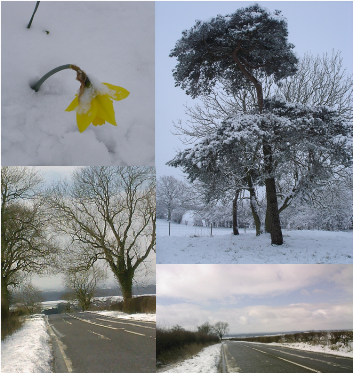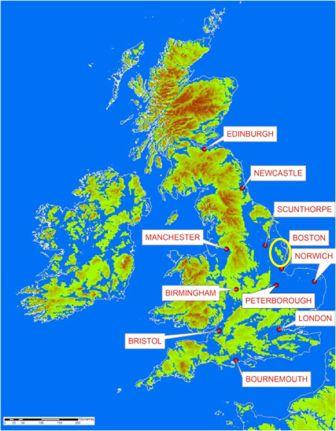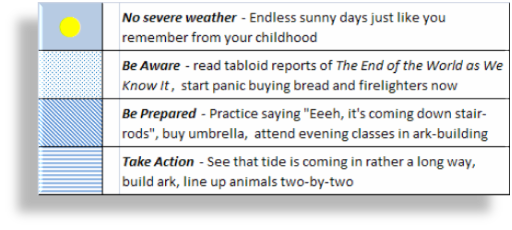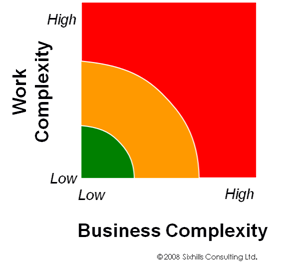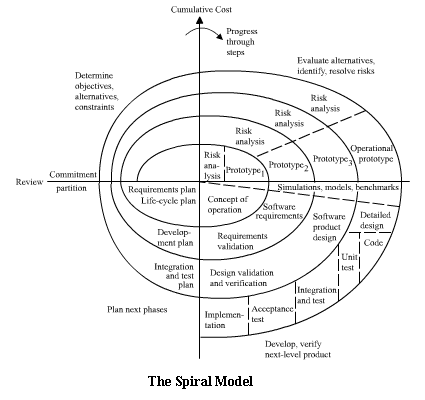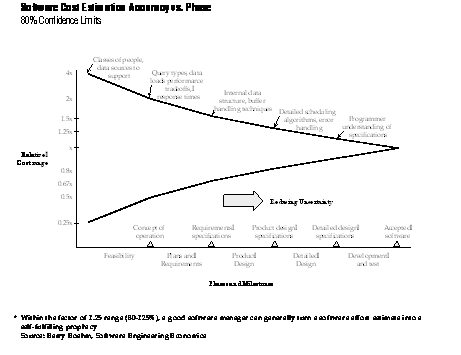I had an odd sense of deja vu when reading the headline Human noses 'can detect danger' . Didn't Gospodin Ivan Petrovic Pavlov work all that out all that stuff about conditioned/conditional reflexes back in the 1890/1900's?
So I looked at the abstract on the Science web-site to see if I could learn something new…
Learning to associate sensory cues with threats is critical for minimizing aversive experience.
OK, that makes sense…
The ecological benefit of associative learning relies on accurate perception of predictive cues, but how aversive learning enhances perceptual acuity of sensory signals, particularly in humans, is unclear.
Why is it unclear? Isn't that just the negative part of what Pavlov did – he could have rung his bell (or not, according to your version of history), and taken the dogs dinner away…
We combined multivariate functional magnetic resonance imaging with olfactory psychophysics to show that initially indistinguishable odor enantiomers (mirror-image molecules)
Ah, it's “enantiomers”, is it?
become discriminable after aversive conditioning, paralleling the spatial divergence of ensemble activity patterns in primary olfactory (piriform) cortex.
Uhuh.
Our findings indicate that aversive learning induces piriform plasticity with corresponding gains in odor enantiomer discrimination,
Yeah, well, like, totally, dude…
underscoring the capacity of fear conditioning to update perceptual representation of predictive cues, over and above its well-recognized role in the acquisition of conditioned responses.
I hear the sound of hairs being split. Can the neurons tell the difference?
That completely indiscriminable sensations can be transformed into discriminable percepts further accentuates the potency of associative learning to enhance sensory cue perception and support adaptive behavior.
(eerie silence, wind whistles, tumble weed rolls by)
:
:
:
:
Oh, you've finished, sorry, I was doing something else whilst you were talking.
I just checked the Fog index which says that the abstract is only fit for somebody with an astonishing c.29 years of education. To be fair though, the bowdlerised version for us mere mortals on the Science magazine site is only 17 Fog units…
So what's new? Well nothing much as far as I can tell, maybe they've just painted in a tiny crack in the universe of knowledge – where possibly a simple inductive proof might have been sufficient.
It would have been much more interesting if they had managed to demonstrate that smell is the contrarian sense doesn't work like all the others. Then we can only imagine what the headlines would have been…

